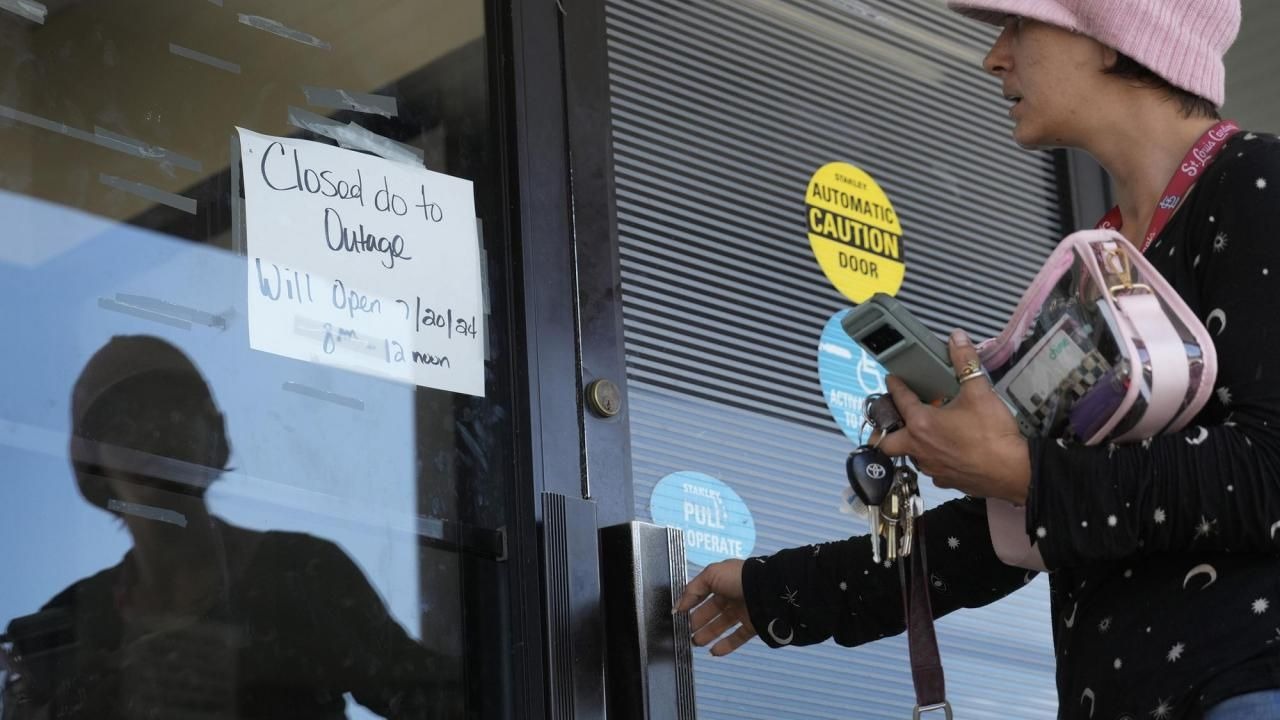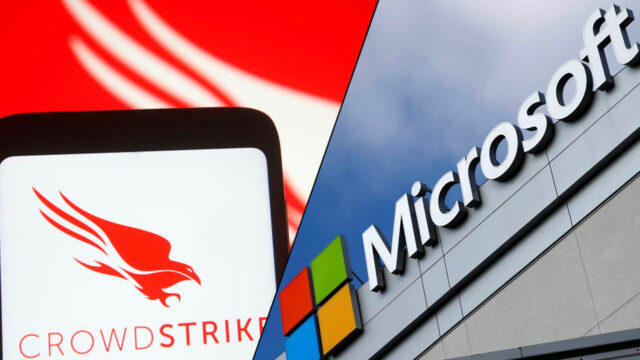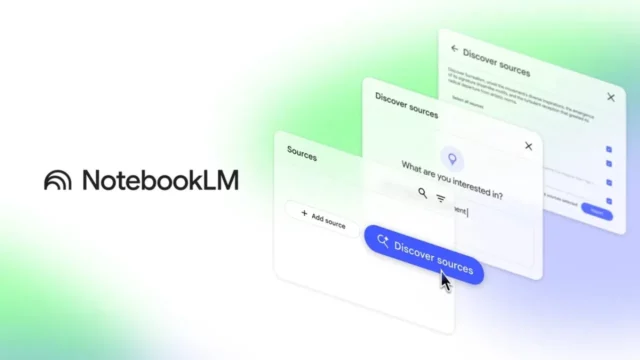CrowdStrike, the renowned US-based cybersecurity firm, recently experienced a significant outage that impacted approximately 8.5 million Windows devices worldwide. This disruption, attributed to a faulty software update, halted operations across various sectors, underscoring the gravity of the situation. CEO George Kurtz promptly issued an apology, addressing the company’s customers and partners.
Historical parallels between Crowdstrike and McAfee’s 2010 glitch
This is not the first time George Kurtz has been at the center of a global tech failure. Tech industry analyst Anshel Sag highlighted the similarities between the recent CrowdStrike incident and a notorious glitch in 2010 when Kurtz was the Chief Technology Officer (CTO) at McAfee. During that episode, McAfee released an update that inadvertently deleted a critical Windows file, causing millions of Windows XP computers to crash and significantly disrupting internet services.
Apology and immediate response from Kurtz as CrowdStrike outage disrupts millions
Reflecting on the current outage, Kurtz expressed his regret, stating, “I want to sincerely apologize directly to all of you for today’s outage. All of CrowdStrike understands the gravity and impact of the situation. We quickly identified the issue and deployed a fix, allowing us to focus diligently on restoring customer systems as our highest priority.” Kurtz emphasized that the disruption was not the result of a cyberattack but was caused by a defect in a Falcon content update for Windows hosts. Notably, Mac and Linux hosts remained unaffected.
The impact of the CrowdStrike outage
The recent CrowdStrike outage brought the world to a standstill, significantly impacting nearly 8.5 million Windows devices globally. This incident has drawn comparisons to the 2010 McAfee glitch, where a similar error caused widespread chaos. The disruption affected day-to-day operations across multiple sectors, highlighting the critical role of cybersecurity firms in maintaining the integrity and functionality of digital infrastructures.
Industry response and analysis
Analyst Anshel Sag’s observations provide a broader context for understanding the implications of such outages. Sag noted, “For those who don’t remember, in 2010, McAfee had a colossal glitch with Windows XP that took down a good part of the internet. The man who was McAfee’s CTO at that time is now the CEO of CrowdStrike. The McAfee incident cost the company so much they ended up selling to Intel.” This historical perspective underscores the potential long-term repercussions of such significant technological failures.
The role of George Kurtz in both incidents
George Kurtz’s role in both the CrowdStrike and McAfee incidents places him at the forefront of discussions regarding leadership during tech crises. As McAfee’s CTO in 2010, Kurtz navigated the aftermath of a major glitch that had global repercussions. Now, as CEO of CrowdStrike, he faces a similar challenge, striving to restore trust and ensure the stability of the company’s services.
Restoring systems and future precautions
In the wake of the outage, CrowdStrike’s immediate focus has been on restoring systems and preventing future occurrences. Kurtz’s swift acknowledgment of the issue and the company’s rapid response in deploying a fix reflect a commitment to minimizing downtime and mitigating the impact on customers. Moving forward, CrowdStrike will likely implement more rigorous testing and validation processes for updates to avoid repeating such disruptive incidents.
Lessons from the past
The parallels between the CrowdStrike outage and McAfee’s 2010 glitch serve as a reminder of the potential vulnerabilities in even the most robust cybersecurity frameworks. These incidents highlight the importance of comprehensive testing and contingency planning in the tech industry. Companies must continually evolve their strategies to anticipate and address potential flaws that could lead to widespread disruptions.
Will CrowdStrike suffer the same fate as McAfee?
As CrowdStrike works to restore its reputation and reassure its clients, the tech community will be closely watching the company’s next steps. The recent outage serves as a critical learning opportunity for CrowdStrike and other cybersecurity firms. Ensuring the resilience of digital infrastructures against both internal errors and external threats remains a top priority. By addressing the root causes of the outage and enhancing their protocols, CrowdStrike aims to prevent similar disruptions in the future and maintain its position as a leading cybersecurity provider.














